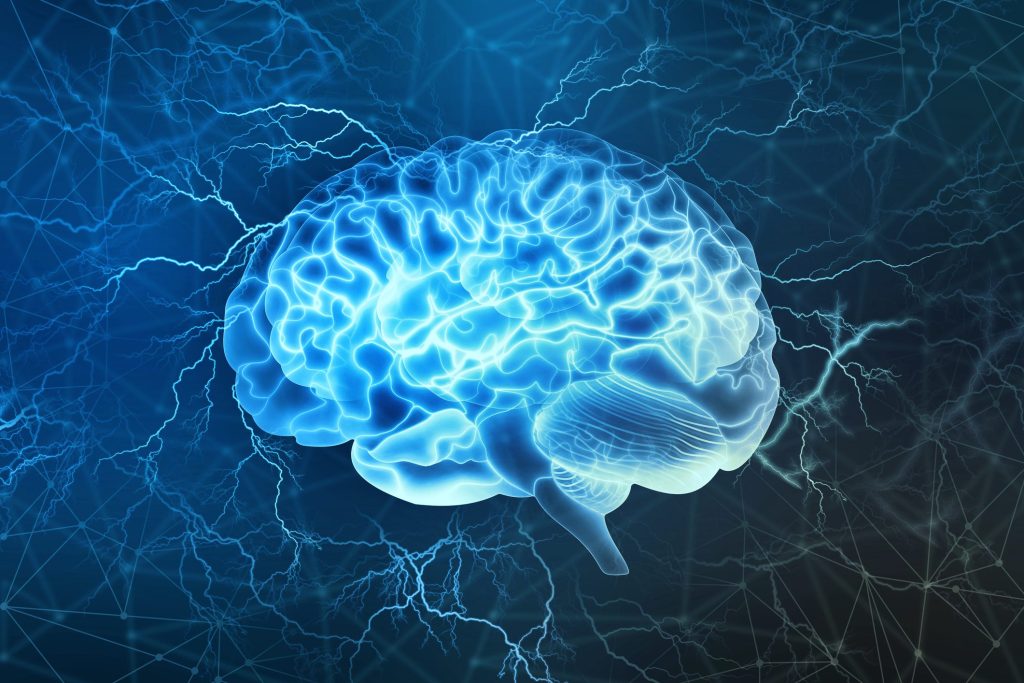| what is alzheimer’s disease? |
| causes |
| latest treatments |
medical news/medical updates/health news/
Medical updates: Alzheimer’s disease is a progressive neurologic disorder that causes the brain to shrink (atrophy) and brain cells to die. Alzheimer’s disease is the most common cause of dementia — a continuous decline in thinking, behavioral and social skills that affects a person’s ability to function independently.
Today, most people are only given an Alzheimer’s diagnosis after displaying well-known symptoms of the condition, such memory loss. The greatest therapeutic choices at that time only prevent further symptom development.
A group of scientists at the University of Washington have created a lab test that can count the number of amyloid beta oligomers present in blood samples. Their test, known by the acronym SOBA, could detect oligomers in the blood of patients with Alzheimer’s disease, but not in the majority of members of a control group who showed no signs of cognitive impairment at the time the blood samples were taken, the researchers report in a paper published the week of Dec. 5 in the Proceedings of the National Academy of Sciences.
Medical Updates: However, studies have revealed that the precursors to Alzheimer’s are already present for years, if not decades, before symptoms of cognitive decline that allow for a diagnosis. These seeds are amyloid beta proteins, which cluster and misfold to form oligomers, which are tiny aggregates. These “toxic” oligomers of amyloid beta are considered to contribute to the progression of Alzheimer’s disease over time through a mechanism that scientists are still attempting to comprehend.
However, 11 members of the control group had oligomers found in their blood by SOBA. 10 of these people had follow-up examination data, and all had minor cognitive impairment or brain pathology that was compatible with Alzheimer’s disease years later. In short, for these 10 people, SOBA had identified the harmful oligomers prior to the onset of symptoms.
“What clinicians and researchers have wanted is a reliable diagnostic test for Alzheimer’s disease — and not just an assay that confirms a diagnosis of Alzheimer’s, but one that can also detect signs of the disease before cognitive impairment happens. That’s important for individuals’ health and for all the research into how toxic oligomers of amyloid beta go on and cause the damage that they do,” said senior author Valerie Daggett, a UW professor of bioengineering and faculty member in the UW Molecular Engineering & Sciences Institute. “What we show here is that SOBA may be the basis of such a test.”
The soluble oligomer binding assay, or SOBA, takes use of a special quality of the hazardous oligomers. Amyloid beta misfolded proteins create an alpha sheet as they start to group together into oligomers. Because they are uncommon in nature, alpha sheets prefer to attach to one another, according to an earlier study by Daggett’s team. A synthetic alpha sheet that her team developed that can attach to oligomers in blood or cerebrospinal fluid samples is the foundation of SOBA. The test subsequently confirms that the oligomers adhered to the test surface are formed of amyloid beta proteins using conventional techniques.

Alzheimer’s disease: The group examined SOBA using blood samples from 310 research participants who had previously approved the use of their blood samples and portions of their medical information for Alzheimer’s research. The patients had no history of dementia, Alzheimer’s disease, moderate cognitive impairment, or any other type of cognitive impairment at the time the blood samples had been obtained.
In the blood of those with mild cognitive impairment and moderate to severe Alzheimer’s disease, SOBA found oligomers. The diagnosis of Alzheimer’s disease in 53 cases was confirmed by autopsy after the research subject had passed away, and 52 of these cases had blood samples collected years before their deaths that contained toxic oligomers.https://medicalupdates.in/medical-updates-new-device-detects-brain-tumor-through-urine/
The control group people who later experienced moderate cognitive impairment were likewise shown to have oligomers by SOBA, according to records. Blood samples from other members of the control group who didn’t suffer any damage lacked harmful oligomers.
In order to transform SOBA into a diagnostic test for oligomers, Daggett’s team is collaborating with researchers at AltPep, a UW spinout firm. In the study, the researchers also demonstrated how SOBA was easily adaptable to identify hazardous oligomers of a different kind of protein linked to Lewy body dementia and Parkinson’s disease.
“We are finding that many human diseases are associated with the accumulation of toxic oligomers that form these alpha sheet structures,” said Daggett. “Not just Alzheimer’s, but also Parkinson’s, type 2 diabetes and more. SOBA is picking up that unique alpha sheet structure, so we hope that this method can help in diagnosing and studying many other ‘protein misfolding’ diseases.”
Daggett believes the assay has further potential.
“We believe that SOBA could aid in identifying individuals at risk or incubating the disease, as well as serve as a readout of therapeutic efficacy to aid in development of early treatments for Alzheimer’s disease,” she said.
more reads: https://medicalupdates.in/medical-updates-new-device-detects-brain-tumor-through-urine/

